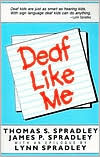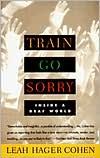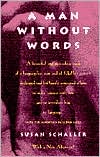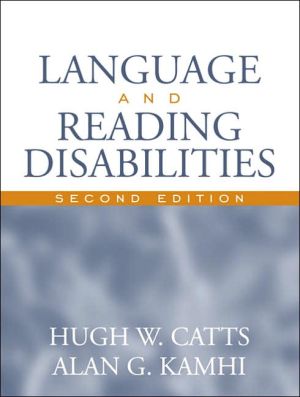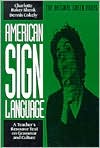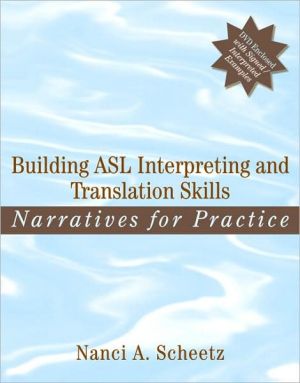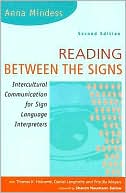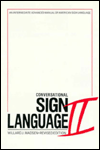Teaching Deaf and Hard of Hearing Students: Content, Strategies, and Curriculum
This highly practical reference for both pre-service and in-service teachers of the deaf and hard of hearing covers methods of teaching and other issues related to the teaching of deaf students. Teaching Deaf and Hard of Hearing Students takes a practical look at the challenges of teaching subject matter to deaf children. The book gives suggestions about what teachers can do in the classroom that will make a positive difference in how their deaf students learn. It emphasizes providing...
Search in google:
This highly practical reference for both pre-service and in-service teachers of the deaf and hard of hearing covers methods of teaching and other issues related to the teaching of deaf students. Teaching Deaf and Hard of Hearing Students takes a practical look at the challenges of teaching subject matter to deaf children. The book gives suggestions about what teachers can do in the classroom that will make a positive difference in how their deaf students learn. It emphasizes providing teachers with a framework to design instructions that meet the educational needs of their deaf students.The principles upon which instructional planning proceeds are applicable to deaf students at all grade levels; thus, the book is suitable for teachers at the elementary through high school levels. These principles are diverse but revolve around four central themes: 1) Creating authentic experiences; 2) Integrating vocabulary development; 3) Creating opportunities for self-expression; and 4) Providing deaf role models. When applicable, distinctions are made between the various instructionalroles of teachers in self-contained classrooms, resource room teachers, and itinerant teachers, as well as general education teachers who have deaf students in their classrooms. Issues relating to diversity, discipline, and disabilities are reviewed from a pragmatic perspective. Ideas are then presented about how teachers can address these issues through instruction. Finally, strategies are provided for involving the family in the education of their deaf children, including exercises for increasing family awareness of the learning challenges their deaf children face. Practical ideas about how teachers can empower parents in the learning process are featured.Educators of deaf and hard of hearing students. Booknews Offers teachers guidance on teaching deaf students using a variety of instructional tools, resources, classroom management techniques, and communication strategies. Following an introduction, the first six chapters cover subject matter teaching in the areas of science, social studies, literacy, mathematics, Deaf studies, and physical education. Succeeding chapters cover technology integration, testing, transition, other teaching situations, diversity, classroom management, and family involvement. Each chapter ends with a conclusion, key words and concepts, questions, and activities. Annotation c. Book News, Inc., Portland, OR (booknews.com)
Preface.I.INTRODUCTION. 1.Teaching Deaf Children: Characteristics and Themes.II.SUBJECT MATTER TEACHING. 2.Teaching Science. 3.Teaching Social Studies. 4.Teaching Literacy. 5.Teaching Deaf Studies. 6.Teaching Mathematics. 7.Teaching Physical Education and Extracurriculars.III.ISSUES IN CROSS-CURRICULAR TEACHING. 8.Integrating Technology in Your Teaching. 9.Testing Deaf Children.10.Transition.IV.OTHER TEACHING ISSUES.11.Other Teaching Situations.12.Diversity in Deaf Education.13.Discipline and Other Challenges.14.Involving the Family.Bibliography.
\ BooknewsOffers teachers guidance on teaching deaf students using a variety of instructional tools, resources, classroom management techniques, and communication strategies. Following an introduction, the first six chapters cover subject matter teaching in the areas of science, social studies, literacy, mathematics, Deaf studies, and physical education. Succeeding chapters cover technology integration, testing, transition, other teaching situations, diversity, classroom management, and family involvement. Each chapter ends with a conclusion, key words and concepts, questions, and activities. Annotation c. Book News, Inc., Portland, OR (booknews.com)\ \

